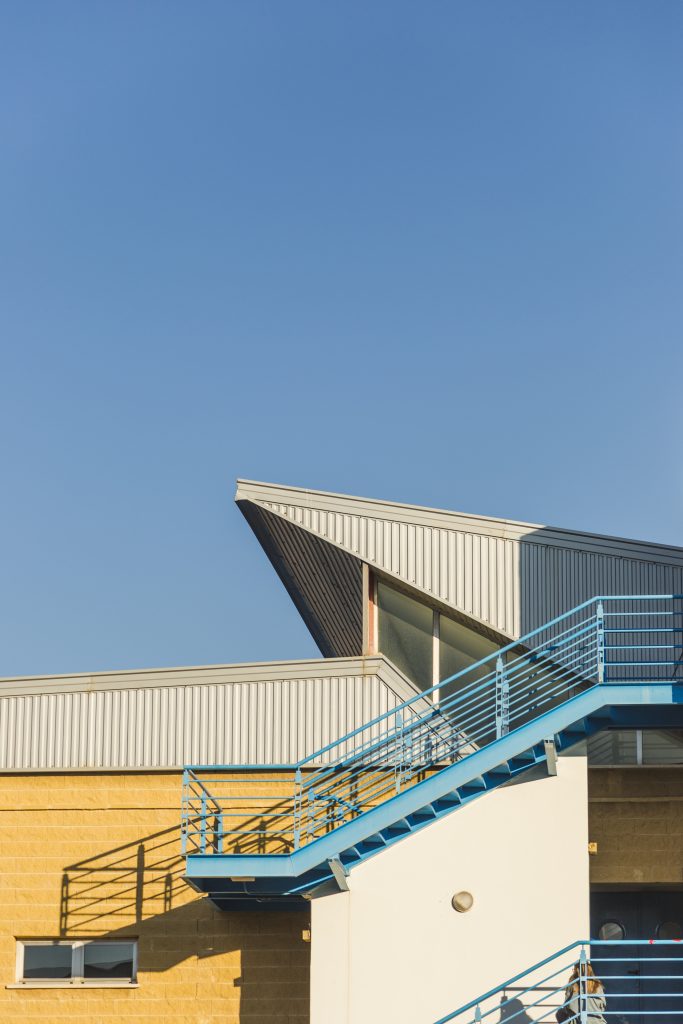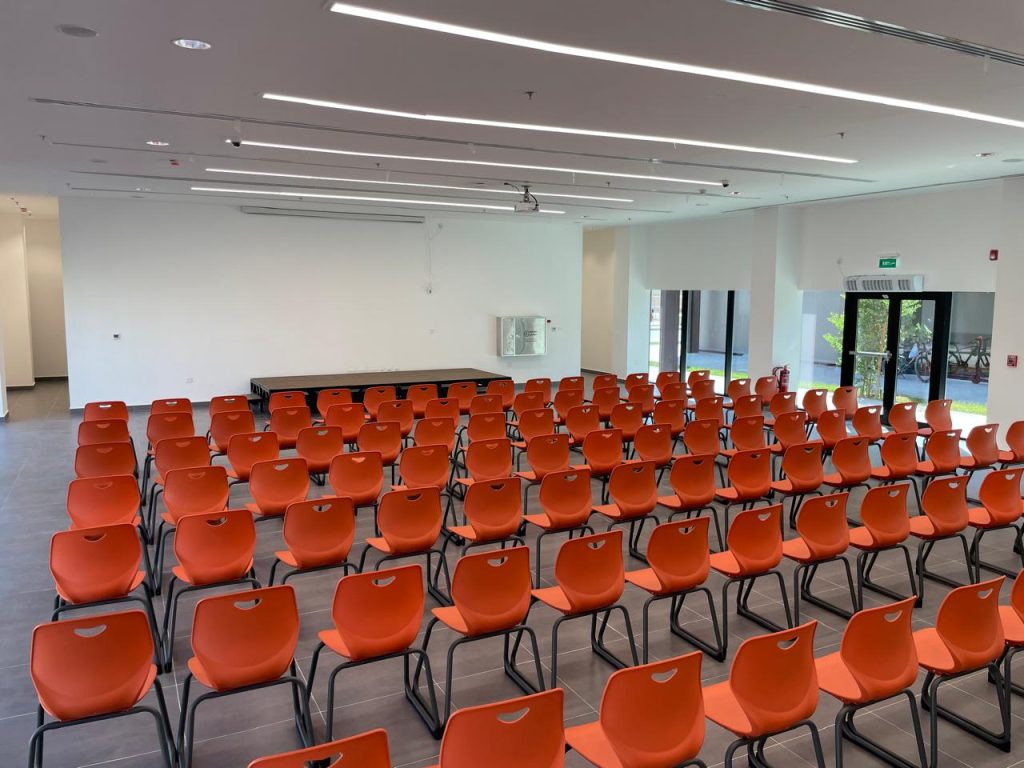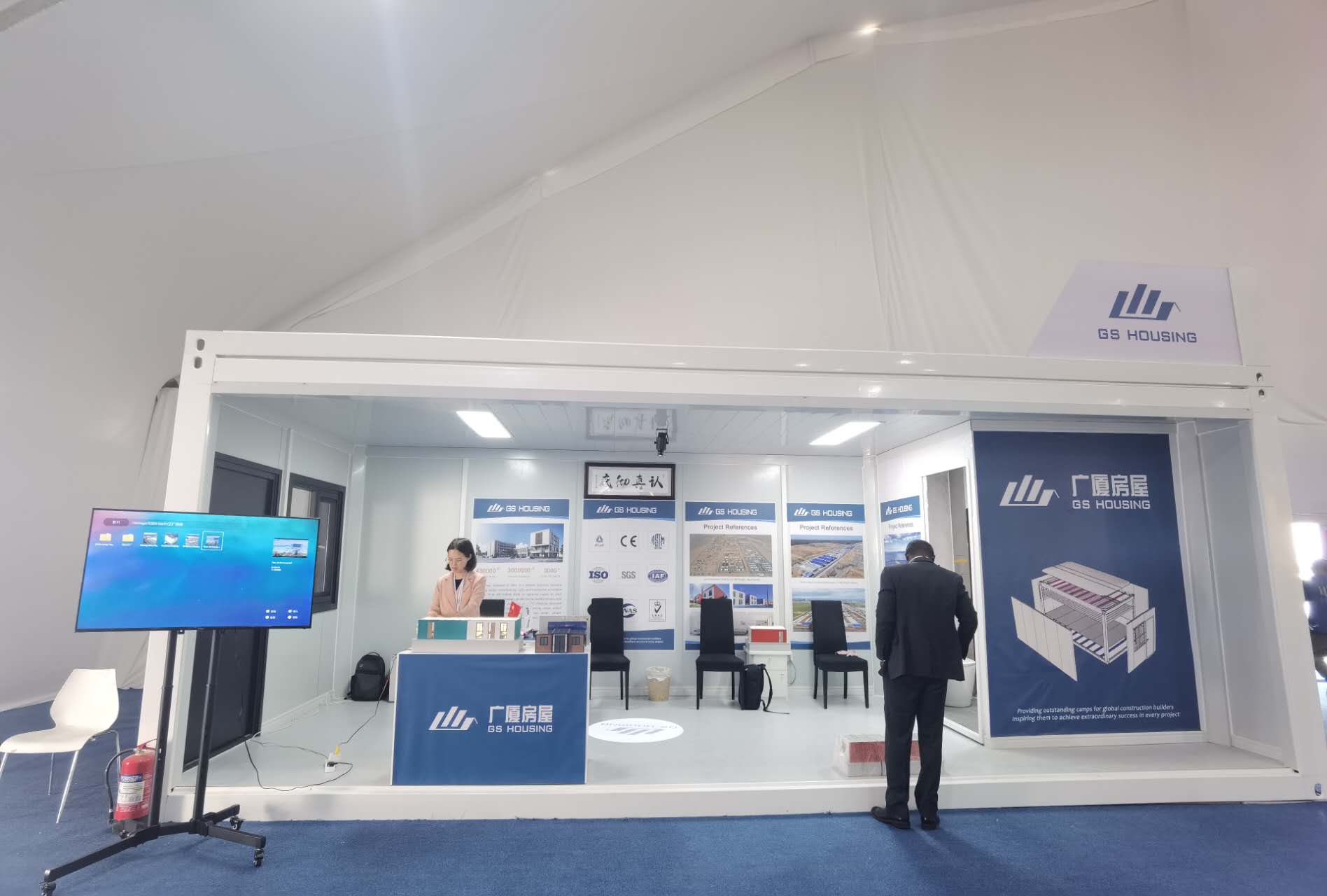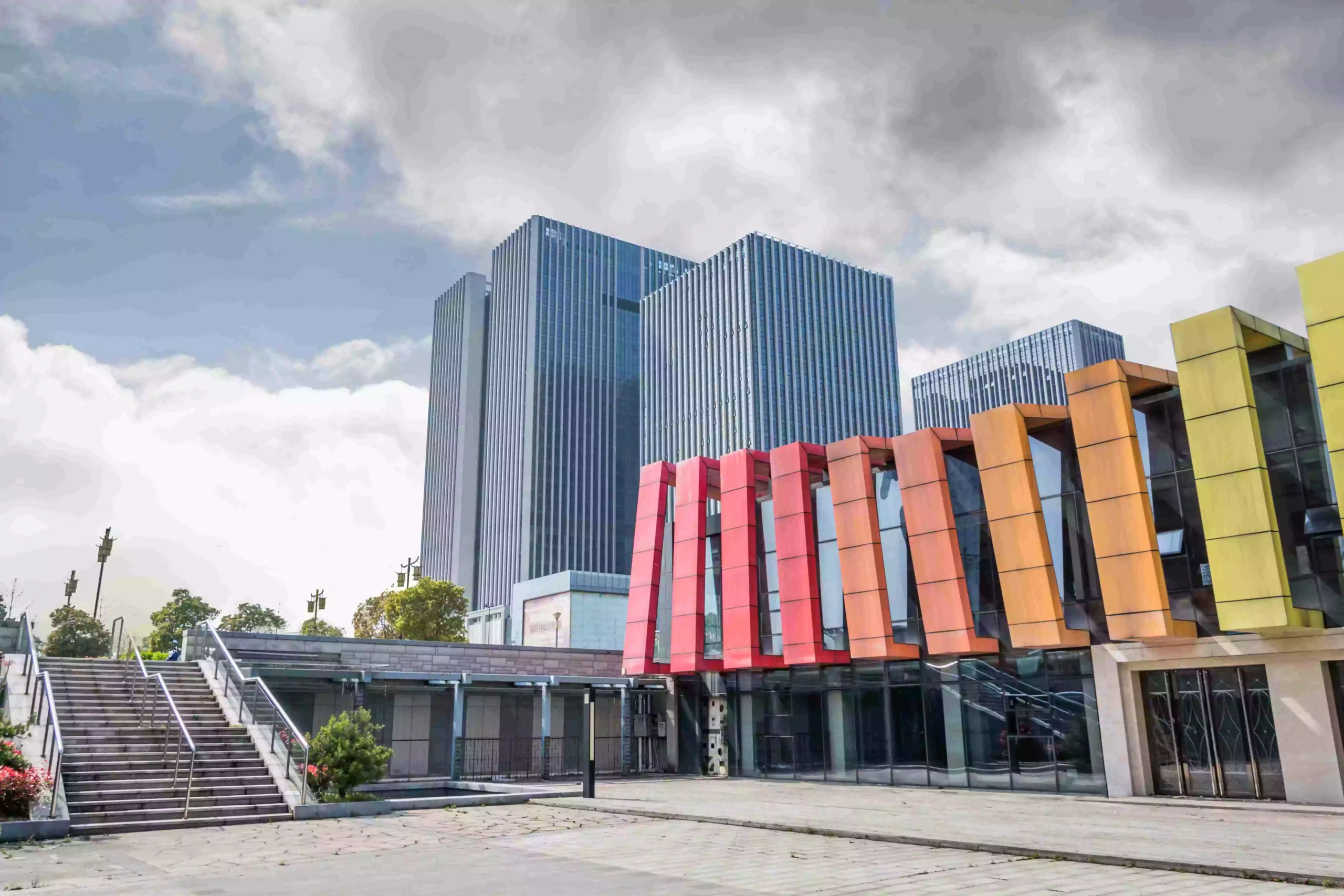Why Light Steel Homes Are Ideal for Educational Infrastructure Development
Why Light Steel Homes Are Ideal for Educational Infrastructure Development
There are many benefits of these homes making this the best choice when it comes to developing educational infrastructure. They would take up a small space and can be built in all weather conditions, meaning it isn’t as temperature dependent.

Advantages of Light Steel Homes in Educational Infrastructure
Durability and Longevity of Light Steel Structures
Durability of homes light steel makes them the best choice for education infrastructure. The structures consist of high-strength carbon steel profiles which are cold-formed, galvanized, and designed to resist seismic force and wind design very well.
Class A non-combustible rock wool is used as insulation due to the extensive life and durability of the materials used, which ultimately allow the buildings not only to last but to maintain their structural integrity over time. Such long lifespan ensures that they do not require frequent repair or replacement, making them beneficial for schools where strong facilities are required.
Speed and Efficiency in Construction
The lightweight steel homes are one of the quickest construction timelines. Since the components such as the plumbing, heating, electrical system, elements with decorative works have been manufactured in factories, therefore at the assembly sites we witness a great speed and rapidity.
Sustainability and Environmental Benefits
Light steel houses are in line with the demand for modern sustainability with the use of eco-friendly materials and practices. It avoids harmful emissions during construction, as it only uses non-combustible materials.
Furthermore, it reduces waste during the prefabrication process. Light steel framing buildings set a good example for the students to be environmentally responsible while continuing the conservation through their choice of school type.
Design Flexibility of Light Steel Homes for Schools
Customizable Layouts to Meet Educational Needs
Schools today need flexible spaces to support a variety of learning activities. They also offer flexible configurations that can fit the design requirements and specific needs of the homeowner. This modular design can be combined horizontally or vertically to form large classrooms, labs, libraries, or multi-purpose halls. Such adaptability also ensures that schools can evolve their infrastructure with its changing needs.
Integration of Modern Architectural Features
Light steel homes are free from the limitations of conventional design. This ensures that modern architectural elements, such as large, light-gathering windows or an open-plan, collaborative style of learning, will fit perfectly into the existing school components. It also adds aesthetic features, functional equipment, and inspiring places for students and teachers to learn.
Enhancing Safety Standards in Educational Buildings with Light Steel
Resistance to Natural Disasters
As providing a secure environment is critical in educational locations, light steel structures offer the best protection from natural calamities. They boast high-strength galvanized tracks designed to accommodate seismic and wind loads. This resiliency keeps students and staff safe when the weather gets extreme.
Fireproofing Capabilities of Light Steel Materials
Light steel home also excels in the area of fire safety. These buildings utilize Class A non-combustible materials like rock wool, providing superior fireproofing qualities. Such a new life-saving measure also helps protect precious learning currencies kept within the four walls of the school.
Meeting International Safety Regulations
Light steel constructions conform to very strict international safety standards to use in schools anywhere in the world. Meeting these regulations signals that educational institutions are doing their part and providing healthy environments for learning and, at the same time, reducing their risk of liability.
Educational institutions benefit from these regulations by showing their maintenance of the most secure environments for learning while lowering their liability risks in doing so.
The Role of GSMOD Products in School Construction Projects
GSMOD’s Innovative Light Steel Solutions for Classrooms
When it comes to school construction, using light steel solutions is one of the best choices for given efficiency and adaptability. A leading methodology consists of the use of prefabricated elements that help facilitate assembly at the site. These house frame components are made from ni-chrome alloy cold-processed galvanized steel which is known for its strength and durability.
Using class-A rock wool insulation with non-combustible materials would improve safety without compromising on energy efficiency. Additionally, the prefabrication procedure brings factory plumbing, heating, electrical systems and even decorative finishes, resulting in lot reduction of construction timelines.

How GSMOD Ensures Quality and Precision in Manufacturing
Ensuring the quality of the educational infrastructure is essential. Light steel houses are manufactured using advanced technologies that guarantee accuracy and adherence to international standards.
Through the process of using high-strength cold-formed galvanized profiles, construction and assembly rates of up to 100% can be achieved. Designed to resist seismic activity and withstand high winds, these profiles ensure safety for students and staff.
Also, transporting it has to be efficient. A 40-foot sea container is able to transport a minimum of 300 m2 of prefabricated structures, resulting in logistics optimized with a reduced overall carbon footprint.
Discover GSMOD‘s solutions today for advanced modular construction designed to be innovative without sacrificing reliability. With specialized knowledge in light steel structures, your project is guaranteed to benefit from the latest technology and sustainable practices.
Promoting Sustainable Development Through Light Steel Homes
Energy Efficiency in School Facilities Built with Light Steel
Sustainability is a cornerstone of modern construction practices, particularly in educational settings where energy consumption impacts operational costs. Light steel homes excel in this regard by incorporating insulation materials that enhance thermal performance.
While producing fewer wastes on the production line adds to energy efficiency, off-site construction also saves energy in the construction and minimizes the onsite waste stream thus boosting maximum efficiency.
Recycling and Reusability of Materials
Another great reason to choose light steel homes is their recyclability and reusability. The materials utilized in these structures have long-lasting properties. Galvanized steel parts, for example, may be reused or recycled at the cessation of their lifecycle while still maintaining their structural strength.
In addition, these constructions can be disassembled and reconfigured to their modular nature. Instead of building new facilities, schools can move or add to existing structures to fit the needs of a changing environment. This flexibility is not just about conserving materials but also about limiting environmental disruption.
Educational institutions adopting light steel homes demonstrate a forward-thinking approach to sustainability while addressing practical concerns like cost-efficiency and durability.
FAQs
Q1: What makes light steel homes suitable for school construction?
A: Their durability, rapid installation process, and customizable layouts make them ideal for accommodating diverse educational needs efficiently.
Q2: How do light steel structures contribute to sustainability?
A: They utilize recyclable materials like galvanized steel and incorporate energy-efficient insulation that reduces operational costs.
Q3: Can light steel buildings be modified after initial construction?
A: Yes, their modular design allows for seamless modifications such as expansions or relocations without significant material waste or additional costs.






